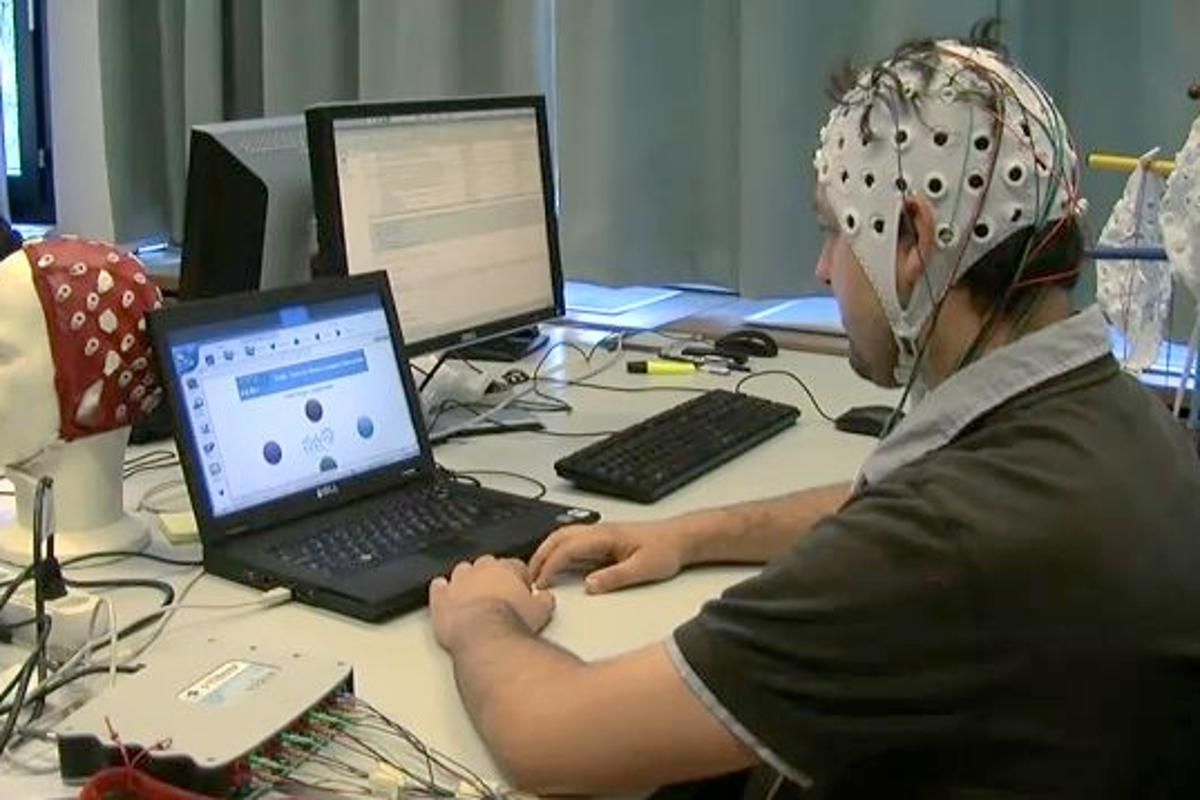
What is a Brain-Computer Interface (BCI)? A Brain-Computer Interface (BCI) is a technology that allows direct communication between the brain and an external device. Imagine controlling a computer or a robotic arm just by thinking! BCIs can help people with disabilities regain control over their environment. They work by detecting brain signals, interpreting them, and translating them into commands. This tech isn't just for medical use; it has potential in gaming, virtual reality, and even enhancing human capabilities. BCIs could change how we interact with machines, making the impossible possible. Ready to dive into the world of BCIs? Let's get started!
What is a Brain-Computer Interface?
A Brain-Computer Interface (BCI) is a technology that enables direct communication between the brain and an external device. This fascinating field merges neuroscience, engineering, and computer science to create systems that can interpret brain signals and translate them into commands for various applications.
- BCIs can help people with severe disabilities communicate and control devices using only their thoughts.
- The first BCI was developed in the 1970s by Dr. Jacques Vidal at UCLA.
- BCIs can be invasive, involving implants in the brain, or non-invasive, using external sensors like EEG caps.
- Non-invasive BCIs are safer but typically less accurate than invasive ones.
- BCIs can be used for gaming, allowing players to control characters with their minds.
How Do BCIs Work?
Understanding how BCIs function involves delving into the complex processes of brain signal acquisition, processing, and translation into actionable commands.
- BCIs detect electrical activity in the brain using sensors or electrodes.
- The brain's electrical activity is measured in microvolts.
- Signals are often noisy and require sophisticated algorithms to interpret them accurately.
- Machine learning plays a crucial role in improving the accuracy of BCIs.
- BCIs can interpret different types of brain waves, such as alpha, beta, and gamma waves.
Applications of BCIs
BCIs have a wide range of applications, from medical uses to entertainment and beyond. Here are some of the most exciting ways BCIs are being used today.
- BCIs can help stroke patients regain motor function through neurorehabilitation.
- They are used in prosthetics to create mind-controlled artificial limbs.
- BCIs can assist in diagnosing and treating neurological disorders like epilepsy.
- In education, BCIs can help monitor student engagement and tailor learning experiences.
- BCIs are being explored for use in virtual reality to create more immersive experiences.
Challenges and Limitations
Despite their potential, BCIs face several challenges that need to be addressed to make them more effective and widely accessible.
- Invasive BCIs carry risks such as infection and tissue damage.
- Non-invasive BCIs often suffer from lower signal quality and accuracy.
- Ethical concerns arise regarding privacy and the potential for misuse of brain data.
- High costs and technical complexity limit widespread adoption.
- Long-term effects of using BCIs are still not fully understood.
Future of BCIs
The future of BCIs looks promising, with ongoing research and technological advancements paving the way for more sophisticated and accessible systems.
- Researchers are exploring the use of BCIs for enhancing cognitive abilities.
- BCIs could potentially allow for direct brain-to-brain communication.
- Advances in materials science may lead to more biocompatible and durable implants.
- Integration with artificial intelligence could make BCIs more intuitive and responsive.
- BCIs might one day enable people to control smart home devices with their thoughts.
Interesting Facts About BCIs
Here are some intriguing tidbits about BCIs that highlight their potential and the ongoing research in this field.
- Some BCIs can detect emotional states and adjust responses accordingly.
- BCIs have been used to create music by translating brain signals into musical notes.
- In 2019, researchers successfully demonstrated a BCI that allowed a paralyzed man to walk using an exoskeleton controlled by his thoughts.
The Future of Brain-Computer Interfaces
Brain-computer interfaces (BCIs) are no longer just science fiction. These devices have the potential to change how we interact with technology and even how we understand our own brains. From helping those with disabilities to enhancing everyday tasks, BCIs offer a glimpse into a future where the mind and machine work seamlessly together.
As research continues, expect more breakthroughs that make BCIs more accessible and effective. Imagine controlling devices with just a thought or communicating without speaking. The possibilities are endless.
Stay informed and curious about this exciting field. The advancements in BCIs could soon become part of our daily lives, making tasks easier and opening up new ways to connect with the world. Keep an eye on this space; the future is closer than you think.
Was this page helpful?
Our commitment to delivering trustworthy and engaging content is at the heart of what we do. Each fact on our site is contributed by real users like you, bringing a wealth of diverse insights and information. To ensure the highest standards of accuracy and reliability, our dedicated editors meticulously review each submission. This process guarantees that the facts we share are not only fascinating but also credible. Trust in our commitment to quality and authenticity as you explore and learn with us.


